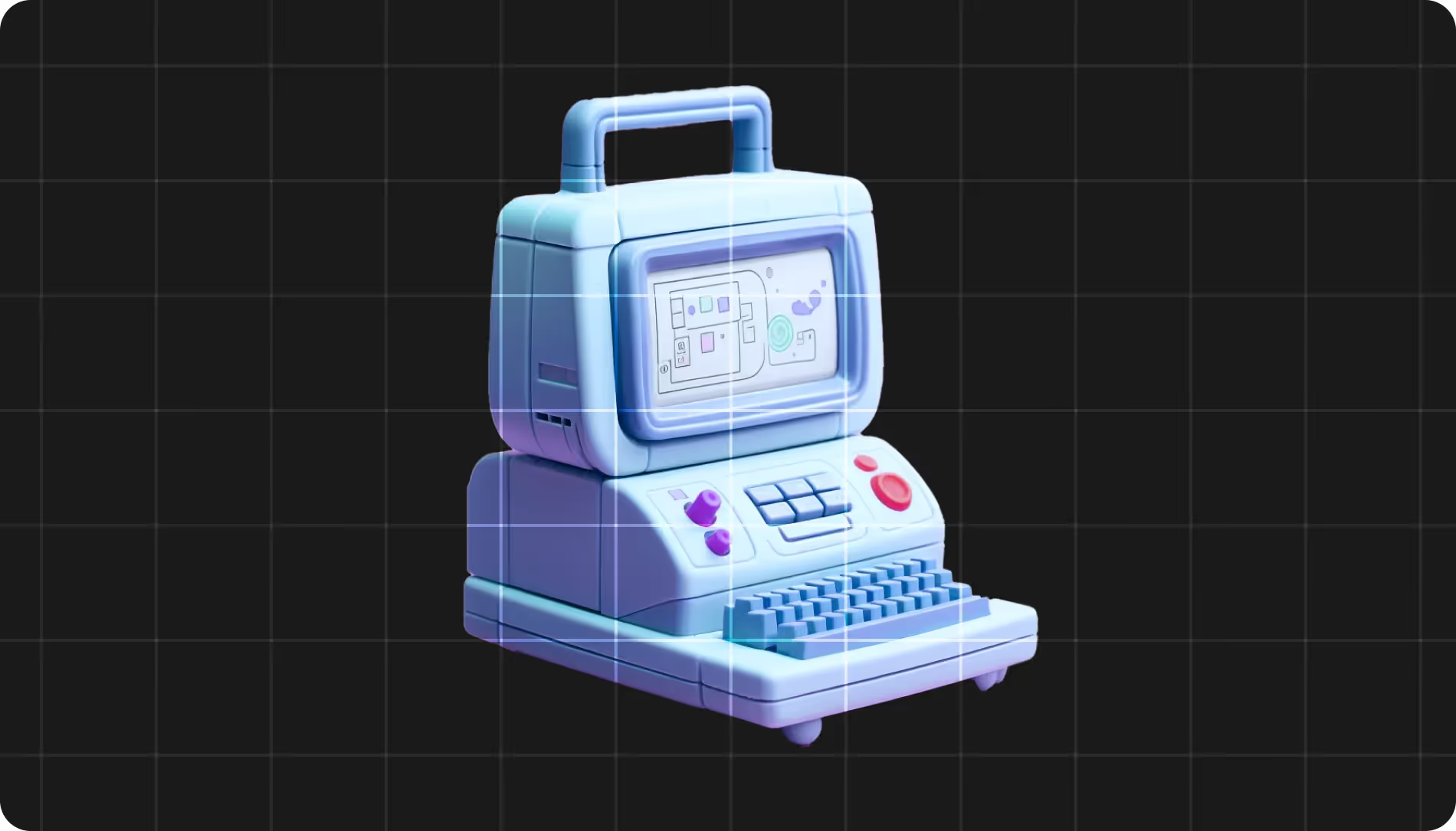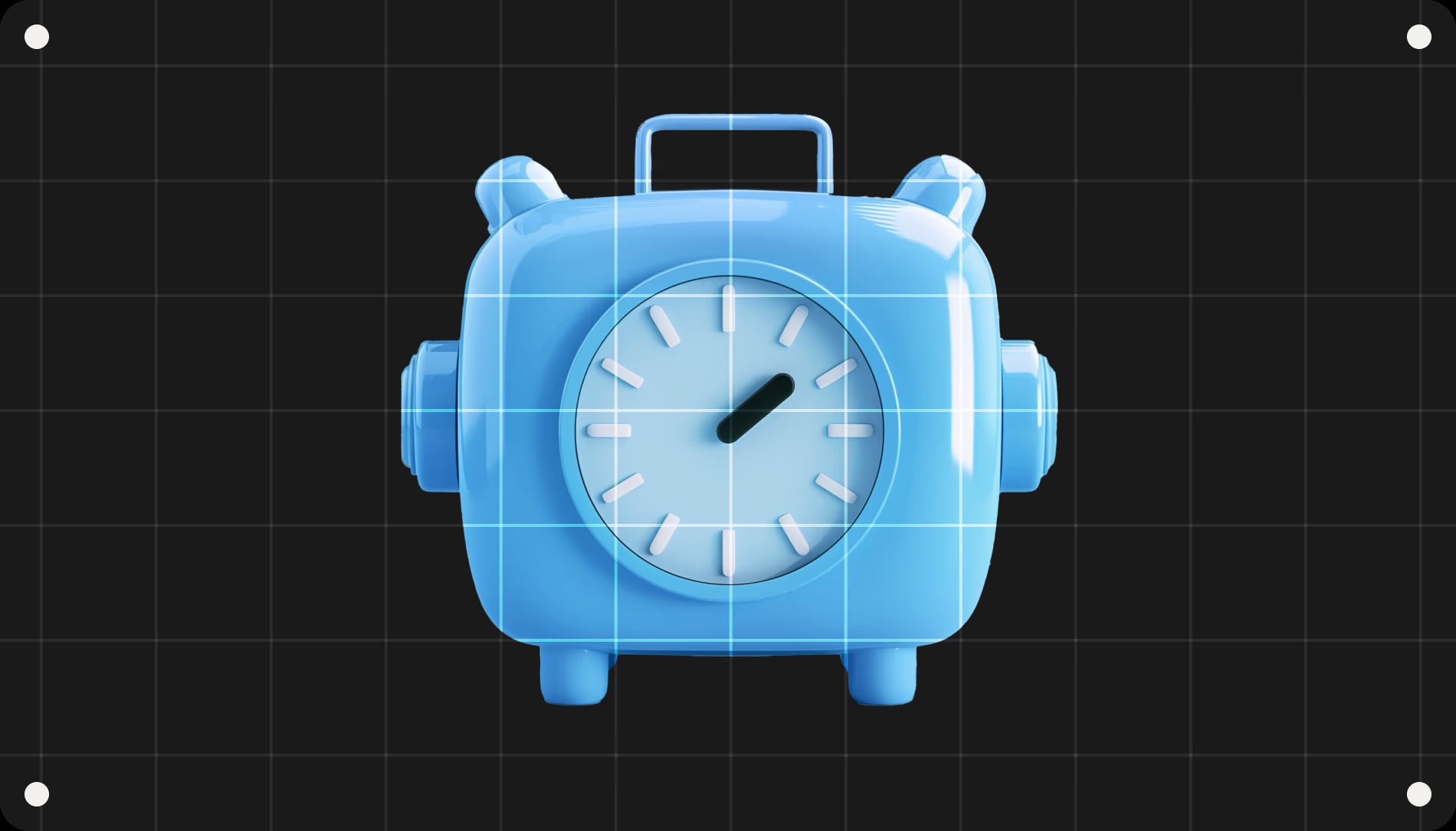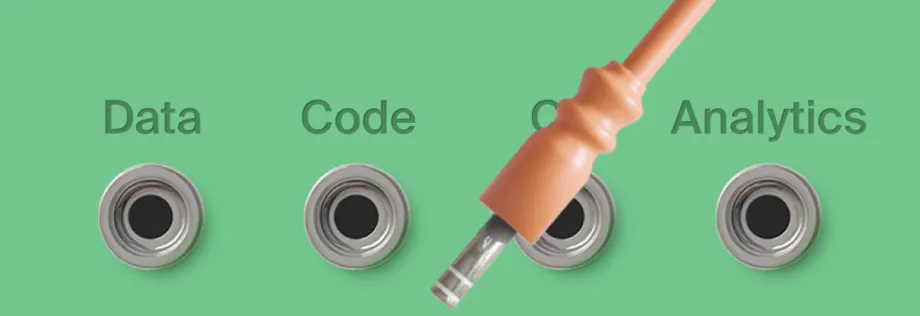

If you’re the type of person who enjoys cultivating a deep breadth of knowledge and feels energized by owning projects end-to-end, then look no further than full-stack development.
This versatile career combines back-end and front-end expertise in one role to build applications from the ground up, making experts in this field popular hires among employers across all types of industries. And with job employment projected to grow at 16% over the next decade, the outlook is bright. Here’s how to become a full-stack developer.
What is full-stack development?
Full-stack development is the process of designing complicated technical solutions across the many parts of an application, from server software (back-end) to client software (front-end). A full-stack developer needs to know programming languages and frameworks, design principles, version control, and soft skills like communication to be able to build digital solutions from zero to launch.
What does a full-stack developer do?
A full-stack developer combines back-end and front-end responsibilities in one holistic role, working on both the hidden elements of websites and applications, like APIs, as well as the ones that users see, such as the interface. A full-stack developer career can combine specializations or work separately in each area; either way, the role helps reduce redundancies for employers.
Take a company that sells sustainable textile bags for food storage as an example. They want to create a website that will help them sell faster, automate shipments, and promote their mission, so they reach out to you. As a full-stack software engineer, you can execute that task pretty much by yourself (maybe with some help from the designers and the marketing team).
After kicking off the project with the company’s designers and representatives, where they share a presentation of how they want the website to look (including screens, fonts, images, and functionality), you have all the building blocks you need to get your work started. These include:
- Number of web pages, i.e. the structure of the website.
- Page length, which affects the HTML layouts of the complexity of the styles.
- Services to connect functionality, i.e. contact forms, calendars, e-shop, newsletters.
- Complexity of the back-end to support the shop, products, orders, and customers.
- Duration of work and an estimate on how much the project will cost.
For projects more complex than a company website, full stack developers need to use communication and planning skills to discuss responsibilities and expected outcomes with the team. Ultimately, they’re like a foreman on a construction site: they should know all the technical parts of the process. That’s what makes this job exciting and high-demand in the industry.
A typical workday for a full-stack software engineer
- Communication and requirements research, up to 40%. Before building a house, you want to make sure you have all the blueprints, permits, specifications, and materials. Sometimes you’ll read documentation, sometimes you’ll discuss tasks with team members in meetings.
- Overviewing the architecture and back end, 20%. This is the foundation of the house and its structure; a full-stack software engineer will make sure elements work correctly and function as a whole.
- Building interfaces and front end, 20%. This is what your house will look like. Where will you put the door and windows? It’s up to you to get down to all the nitty-gritty, from the paint color to the plan. Unless you want to work with a designer, in which case you’ll transform their contribution into code.
- Testing, 15%. It’s always important to ensure the security of your construction and isolate the water supply from electricity!
- IT administration, 5%. How much will the technical implementation of the project cost? How will you connect it to electricity and fiber optics? Full-stack engineers should know how to deploy a project to a server and what’s needed to maintain it if the project grows.
If a full-stack software engineer works in a team, their responsibilities can vary, depending on the workload and the project backlog. At times, they are needed more on the front end, and at other times, they will be involved in the back-end team.
Required skills to become a full-stack developer
Education
A college degree in computer science or web development is often required to earn higher salaries or qualify for better job opportunities in full-stack development, but employers aren’t as particular as they once were in regards to a degree on your resume. That’s because today’s employers don’t really mind where you get your skills from, as long as they’re demonstrable.
Another valid path to starting your career as a full-stack developer is to complete a professional bootcamp that trains you in all the necessary technologies and skills you’ll need to land your first job. This can also be a good route to upskill if you already have a bachelor’s degree in a related or unrelated field.
Recommended courses
- Front-end web development
- Back-end web development
- Cloud computing
- Data analysis
- Responsive web design
- Introduction to HTML, JavaScript, and CSS
- Microservices and serverless
Recommended certifications
- Meta Front-End Developer Professional Certificate, Free
- Meta Back-End Developer Professional Certificate, Free
- Harvard Professional Certificate in Computer Science for Web Programming, $418
- Microsoft Certified: Azure Developer Associate, Free
- IBM Full Stack Software Developer Professional Certificate, Free
Hard skills for full-stack developers
The following list of technical capabilities and technologies captures categories that you might see on a full-stack developer resume. The goal here is not to overwhelm you in all that you may have to learn, but rather show you what hard skills are necessary for a career in this field.
Front-end languages and frameworks
- HTML for creating basic structure and content
- CSS for design
- JavaScript for complex interactivity (including jQuery and Node.js)
- React, Angular, or Vue.js for building user interfaces (UI)
Back-end languages and frameworks
- Python for system reliability
- Java or Ruby for scripting and prototyping
- Django or Spring for building web applications
Database management
- Performance tuning and query optimization for databases
- Hadoop, Spark, or Kafka for processing big data
- SQL for communicating with relational databases
Cloud computing and security
- Amazon Web Services, Google Cloud Platform, or Microsoft Azure
- Docker and Kubernetes for building and orchestrating containers
- AWS Lambda, Azure Functions, Google Cloud Functions, and other serverless compute tools
- Identity and access management
- Encryption and network security
- SOC 2 or ISO 27001 compliance frameworks
Responsive design
- Flexible grids and layouts
- Responsive images
- Media queries, i.e. specific CSS styles
- Figma, Sketch, Adobe XD, and/or Miro
- Frameworks, including Bootstrap, Tailwind CSS, or Foundation
- Accessibility, including WCAG guidelines, to ensure user experiences that are inclusive
Infrastructure
- Version control (Git, GitHub, GitLab, Bitbucket)
- CI/CD pipelines (e.g., GitHub Actions, Jenkins, GitLab CI)
- Containerization (Docker)
- Server deployment and hosting
- Basic Linux / shell scripting
- Reverse proxies and load balancers (e.g., Nginx)
Testing and debugging
- Mocha, Jasmine, Jest, JUnite, or pytest for unit testing
- Citris, Katalon, Postman, or SoapUI for integration testing
- Cypress, Selenium, or Playwright for end-to-end testing
Low-code/no-code platforms
- Microsoft Power Apps, Mendix, or Outsystems experience
- Customization for extending low-code platforms with custom code when necessary
- Connecting low-code applications with enterprise systems and data sources
Soft skills for full-stack developers
Chances are good you already possess many of these necessary soft skills for full stack developers. Wherever you’re coming from before making the switch to tech, you’ll have practiced collaboration, time management, and more. Here’s how they apply to this career.
- Collaboration for working cross-functionally with team members like product, sales, marketing, and executive leadership, stakeholders, reviewers, and external vendors.
- Time management to effectively prioritize tasks and keep tabs on statuses in fast-paced environments, especially via project management methodologies like Agile.
- Communication to liaise with product managers and ensure outcomes that satisfy requirements at the end of development cycles.
- Adaptability for thinking quickly in the face of unexpected changes or disruptions to work, as well as staying up-to-date on the latest technologies in the digital field.
- Problem-solving to stay task-focused across every stage of the development lifecycle and identify and fix coding errors or bugs without incurring significant delays.
- Business awareness, a baseline understanding of how the company grows revenue and where full-stack development fits into the larger strategy to meet these goals.
How to become a full-stack developer
Now that you know more about which new skills you’ll need to land your first role in full-stack development, the big question is how to start. While your journey to tech will be unique, consider these six steps based on the real-life experiences of our full-stack developer graduates.
1. Be honest with yourself
Now that you know a bit more about the day-to-day responsibilities of a full-stack developer, as well as the demands made on these professionals, take a moment to check in with yourself. Do you still feel energized by the role? Do you see yourself doing this work? If yes, read on!
If not, that’s okay! Sometimes, a tech career will look like a great match, but then you dig deeper and you realize it’s not for you. For example, TripleTen grad Eric Woodson first thought software engineering was the path for him, but pivoted to quality assurance and found a new career.
2. Assess your skillset
Referencing the lists above of technical and interpersonal capabilities, make an audit of what you already know and what needs to be learned. A lot of the technologies will likely end up in the second column, but guess that’s why you’re here — to identify your knowledge gaps.
TripleTen alum Tristan Boyd went from working as a music teacher to a career in sustainability engineering at an EdTech company. “I like music, but I was kind of tired of teaching. I [wanted to] make more money doing something that I enjoy.” See how he made the switch here.
3. Understand the job outlook
Real talk moment. Tech is undergoing a major transformation as AI reshapes the industry’s work. We’d be remiss if we didn’t recommend researching the future of full-stack development as a career — but the good news is, specific specializations within the field are booming.
In fact, approximately 162,900 new software development jobs—including full-stack engineers—will be created each year through 2034 according to the U.S. Bureau of Labor Statistics. High-growth tech fields to consider include blockchain, data science, and AI.
4. Clarify salary expectations
Salaries are, on average, much higher in the tech industry than other fields. But factors like location, experience level, and company work model (i.e. hybrid, in-person, or remote) significantly influence how much money you can make as a full-stack developer.
Here’s a breakdown by years of experience for easy reference:
- Less than a year of experience, $79,000 to $139,000
- Average across all seniority levels, $126,000 per year
- Seniority and high-performing, $141,000 per year
More time for life outside of work is another perk of life in tech, as experienced by TripleTen alum Hulya Karakaya: “I enjoy a work-life balance because I work from home and have greater control over my schedule.”
5. Develop foundational skills
Whether at college or a professional bootcamp like TripleTen, the right learning environment will support you to graduate ready to jump into the workforce. This includes skills, technologies, and industry know-how, like technical interviewing, networking, and more.
And despite what you may think, you really are never too late to make a start. TripleTen grad Isabelle Cuisset had a fulfilling decades-long career in fashion up until she realized she needed a change. Switching to software engineering helped her gain independence and inspiration as she opened her own boutique web design company.
6. Prepare to enter the job market
Today’s job market is intense. But the right community and support makes all the difference. That’s why it’s important to get ready for your job search while you upskill your capabilities in three key ways: building a portfolio, practicing for technical interviews, and building connections.
- A persuasive technical portfolio shows off your skills through real-world projects you’ve tackled on your own or through an externship, i.e., a project-based opportunity to take on tech tasks alongside an in-house team at a tech company. You can host your portfolio by building your own website, using GitHub, or showcasing work on LinkedIn.
- Technical interview practice helps you be ready for thinking on the spot in full-stack developer interviews with hiring managers and other team members. There are different formats that companies typically use to conduct technical interviews, and they’ll go a lot smoother if you practice your answers ahead of time. Winging these is never advised!
- Network like a professional, which means intentionally curating a collection of connections that you base on quality — not quantity. This is the best way to find out about job opportunities as an entry-level developer and get those critical referrals to get your foot in the door. We’ve got a great guide to no-cringe networking here.
Become a full-stack developer with TripleTen
Think part-time, online learning is right for you? Check out our 10-month Software Engineering Bootcamp. No tech background required, just a good internet connection, a commitment to change, and an openness to building your full-stack development skills with our interactive platform.
In fact, our alumni graduate with portfolio projects and comprehensive career support, resulting in 82% finding a job in tech within six months. Learn more about the TripleTen curriculum, teachers, program costs, and student outcomes here.








.avif)

.avif)
.avif)
%20(1).avif)



.avif)
.avif)



.avif)





.jpg)


